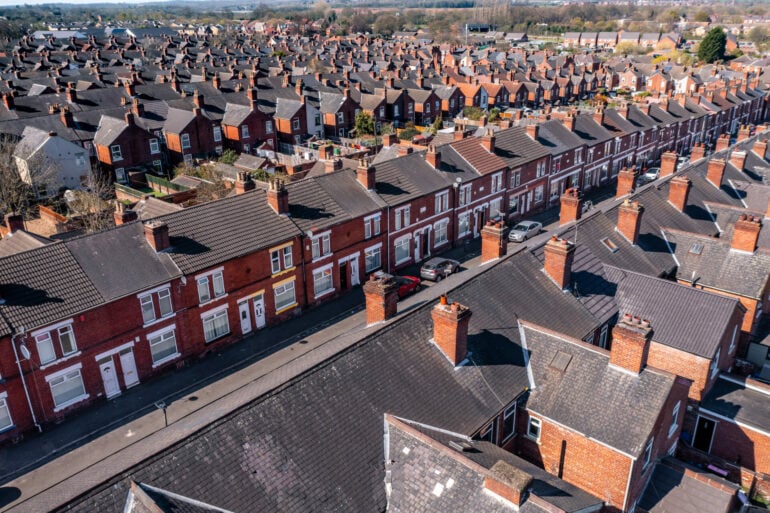Around 1.5 million people in the UK will need to remortgage throughout 2024, and the financial strain is evident.
According to the HL Savings & Resilience Barometer for July 2024, one in five (18%) who have already remortgaged onto higher rates since the end of 2022 have ‘poor’ or ‘very poor’ financial resilience, compared to one in eight (12%) who have yet to refinance.
Households that have remortgaged have just £315 left at the end of the month, £95 less than those who are yet to remortgage.
Renters are facing even tougher conditions, with more than half (54%) scoring ‘poor’ or ‘very poor’ for overall financial resilience.
Sarah Coles, head of personal finance at Hargreaves Lansdown, commented: “Remortgaging remains a horrible headache, but the pain is easing slightly, and it’s nothing compared to the agony renters are enduring. Around 1.5 million people have to remortgage at some point in 2024, and it’s going to hurt. Most are moving from deals costing them less than 3%, to rates which were just shy of 6% throughout most of June and July.”
Those who have already remortgaged have seen a major blow to their resilience, with an average of just £315 left at the end of the month, compared to £401 overall, and £410 among mortgage holders who haven’t yet had to remortgage. This leaves almost one in five of them facing tricky financial times.
Coles noted some positive signs: “Things are actually looking marginally brighter for remortgagers in the coming months. Those who remortgage in the next six months are likely to be moving from a rate of 2%-2.5% to one that’s currently closing in on 5%. It means the jump in rates is going to be painful, but they don’t have quite the same gap to clear as those who came before them – who faced a rise from less than 2% to more than 6.5% in some instances.”
However, renters are in a worse situation. Their financial resilience has increased in step with the national average since before the pandemic, but it was lower than the resilience of those with mortgages from the start. The percentage of renters with arrears has risen 3.5%, and the percentage who are worried by their debts has risen 10 points over this period.
Coles highlighted the struggles of specific renter groups: “Almost all renters with children among the lowest fifth of earners (99.6%) have poor or very poor resilience. And the average household in this group has emergency savings to cover just two weeks’ worth of essential expenses. Those who are renting over the age of 50 are also struggling, with almost two thirds (64%) scoring poor or very poor.”




